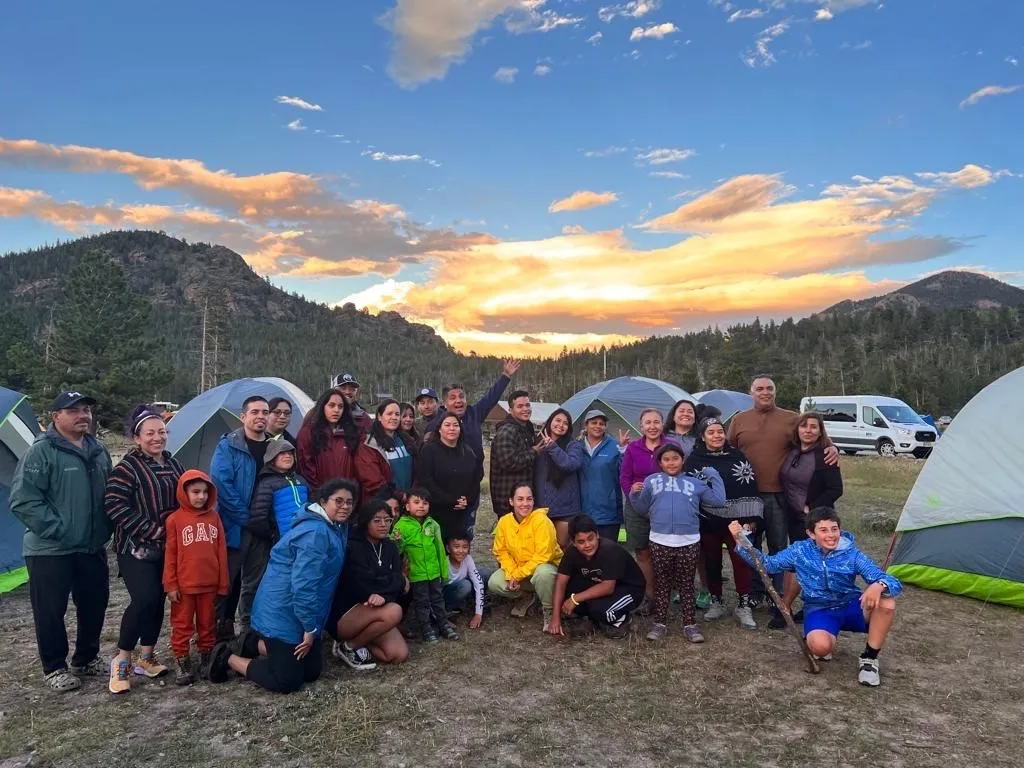Wood: New districts reflect solid start
No, it’s not perfect.
Colorado’s inaugural congressional redistricting commission has completed its work — for now — sending a new map to the state Supreme Court for approval.
The Supreme Court can approve the map as is, or recommend changes, potentially sending it back to the commission.
SPONSORED CONTENT
The map constitutes the first test of the Colorado Independent Congressional Redistricting Commission, established by voter approval of a constitutional amendment in 2018. The 12-member commission includes four Democrats, four Republicans and four unaffiliated voters.
It was charged with redrawing district maps, a requirement after every decennial U.S. Census. Population growth recorded in the 2020 Census meant that Colorado gained one Congressional seat — its eighth.
And although the new districts will disrupt traditional alignment of some communities in the region, they probably represent the best possible outcome for the state’s new, non-partisan redistricting effort.
The new map does mean big changes, however, including the makeup of districts in Northern Colorado, with Larimer and Weld counties each split among three districts. Among the changes:
• The new 8th Congressional District will stretch from north of Greeley to the northern Denver suburbs, encompassing Brighton, Berthoud, Johnstown, Mead, most of Frederick, Firestone and Dacono, and parts of several north Denver suburbs.
• Loveland, Wellington and Windsor — located in both Larimer and Weld counties — are in the 4th, along with some smaller Weld County communities such as Eaton, Ault and Keenesburg. That puts fairly urban Loveland and Windsor grouped with smaller communities, including those on the Eastern Plains.
• As noted, Berthoud and Johnstown, both of which lie in Larimer and Weld counties, are in the 8th.
• Fort Collins, Estes Park and Timnath are in the 2nd, along with Boulder, Longmont and many mountain communities.
Some pundits say the new map gives a disproportionate advantage to Republicans, while others say incumbents from both parties are fairly safe with the new boundaries.
Such considerations were outside of the purview of the redistricting commission, which was focused on preserving “communities of interest,” as well as political subdivisions. The final map was ultimately approved by an 11-1 vote.
Members of the commission were inventing the wheel as they drove along, creating a new method for drawing congressional maps that did not attempt to give political advantage to the party that dominates the General Assembly. It remains to be seen what the effect of this map will be (and it still needs Supreme Court signoff).
And in any state with a substantial urban/rural split, it’s necessary to group some larger population centers — think Loveland — with areas that are more sparsely populated, such as the Eastern Plains.
But it’s at least an attempt — a voter-mandated attempt — to remove partisanship from the equation in drawing of new congressional boundaries every 10 years. And looking at the ridiculous and morally bankrupt gerrymandering that occurs in many states, Colorado’s inaugural effort seems like a good first attempt.
Christopher Wood can be reached at 303-630-1942, 970-232-3133 or
cwood@bizwest.com.
No, it’s not perfect.
Colorado’s inaugural congressional redistricting commission has completed its work — for now — sending a new map to the state Supreme Court for approval.
The Supreme Court can approve the map as is, or recommend changes, potentially sending it back to the commission.
The map constitutes the first test of the Colorado Independent Congressional Redistricting Commission, established by voter approval of a constitutional amendment in 2018. The 12-member commission includes four Democrats, four Republicans and four unaffiliated voters.
It was charged with redrawing district maps, a requirement after every decennial U.S. Census. Population growth recorded in the 2020 Census meant…


